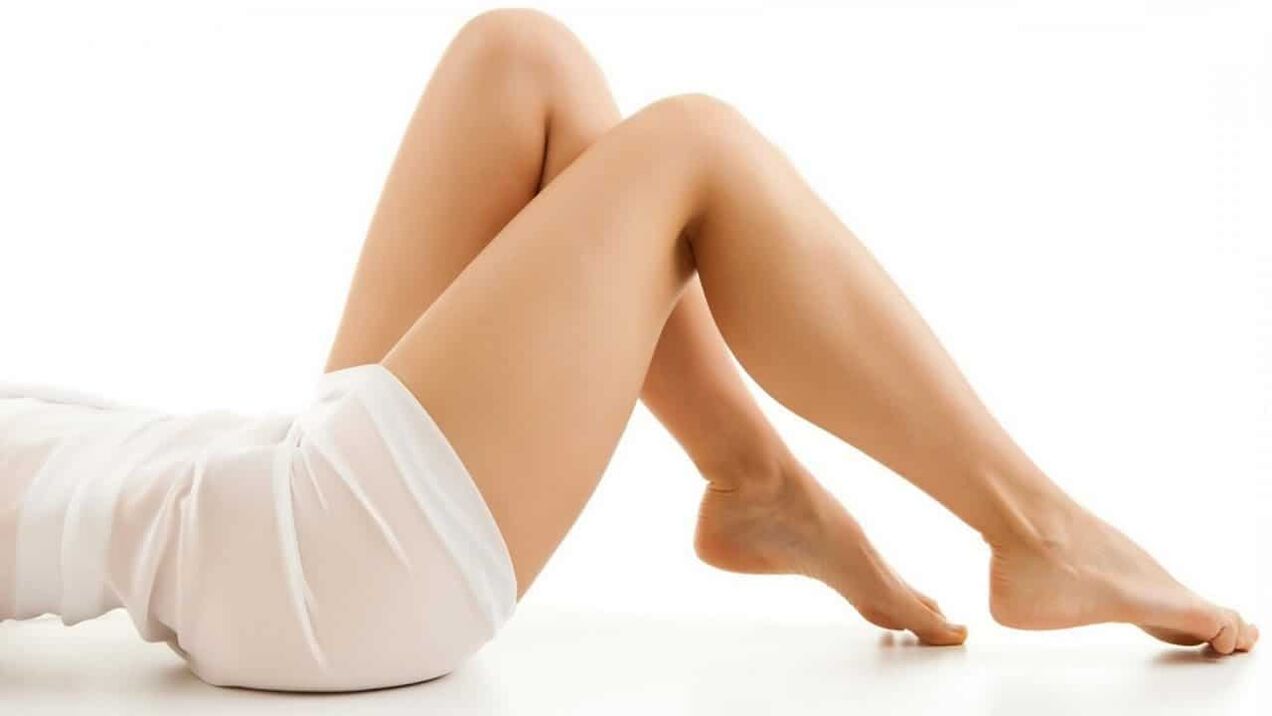
Prevalence (number)
important!It is best to consult a doctor as soon as symptoms of the disease appear; the younger the patient, the lower the risk of needing surgery.
origin of disease
- genetics;
- Endocrine causes;
- mechanical factors;
- Infect;
- poisoning;
- nonspecific inflammatory processes;
- Factors leading to venous hypertension.
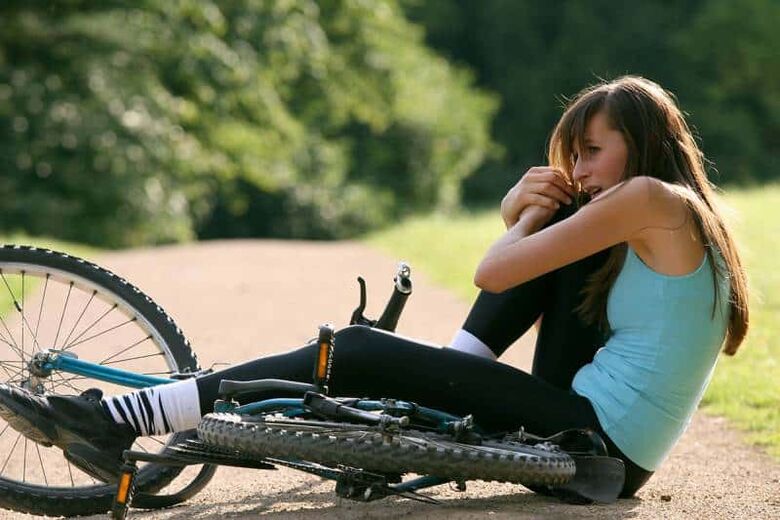
Complaints and Symptoms
- Fatigue/heavy feeling in the legs;
- swelling of the feet;
- Night cramps;
- Numbness, tingling, "tingling" feeling;
- Pain in the area of varicose veins.
Diagnosis of varicose veins is important at any stage of the disease
Clinical examination methods—examination and interview
- Medical history collection. The medical record includes all the basic facts about his life (age, genetics, bad habits, main type of work).
- Definition of complaint. Complaints may indicate how advanced the varicose veins are on examination. The duration of the disease becomes an important condition. When did the first symptoms of leg disease appear?
- examine.During the examination, the doctor must pay attention not only to blood vessels, but also to the condition of the skin to rule out the presence of complications and accompanying lesions. It is also important to determine the extent of the injury, the temperature of the varicose vein site, and the tone and elasticity of the blood vessels.
Instrumental testing methods are a prerequisite
- ultrasound.Standard B-mode studies provide a complete picture of the anatomy and location of blood vessels and their adjacent vessels. Ultrasound can also reveal lesions in vein walls.
- Doppler ultrasound.This study determines the blood flow velocity and thus the pathological condition of the blood vessel valves.
- X-ray contrast venography. X-rays are used for more complex diagnosis. This procedure is rarely used due to possible complications.
- computed tomography venography. It is performed in the same manner as X-ray imaging, with contrast agent introduced into the lumen of the blood vessel. Unlike X-rays, CT images are three-dimensional.
- MRI.The method is rational and informative, and can be performed without the use of contrast media or other medications. However, this method is still expensive and therefore rarely used.
notes!Contrast media cannot be used in patients with iodine allergy, in which case MRI may be required.
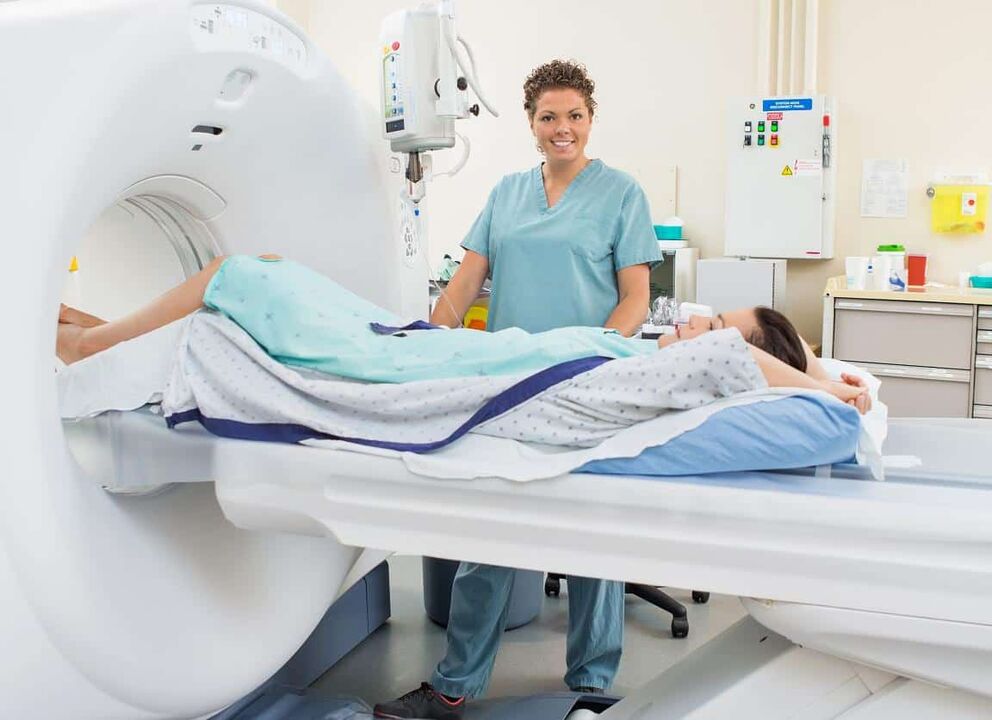
Diagnosis by category
| external performance |
|
| disease cause |
|
| anatomical location of veins |
|
| Pathogenesis |
|
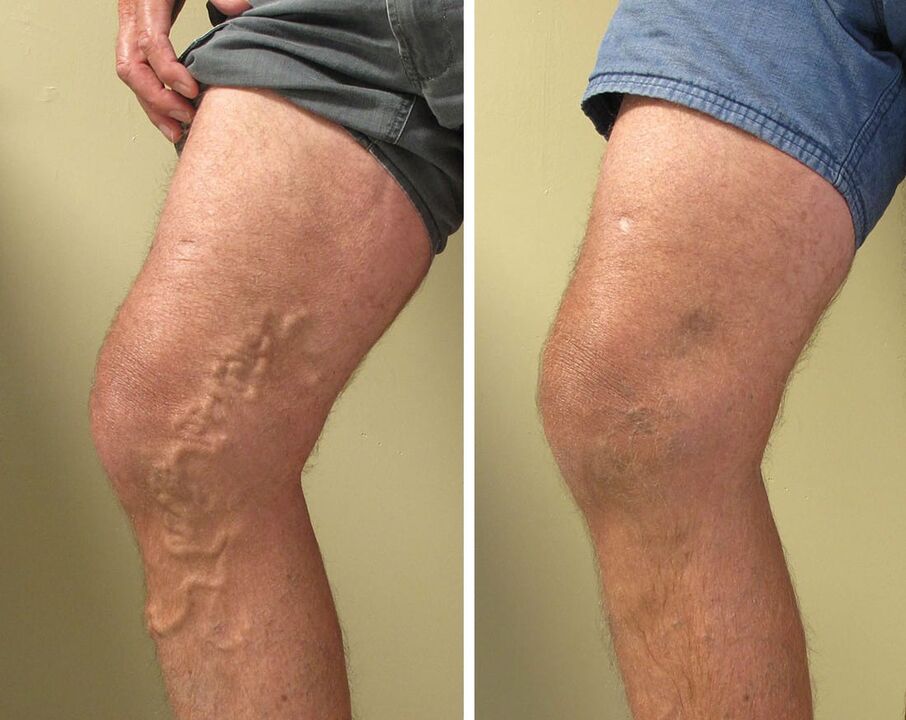
notes!The concept "varicose veins in the lower extremities" is used colloquially only to mean deep varicose veins that can only be diagnosed by instrumental methods.
To treat or not to treat, that is the question
- Improve quality of life; cosmetic surgical intervention.
- Prevention of complications; impact on microcirculation.
- Eliminate symptoms; hemodynamically significant treatment.
Lifestyle Tips
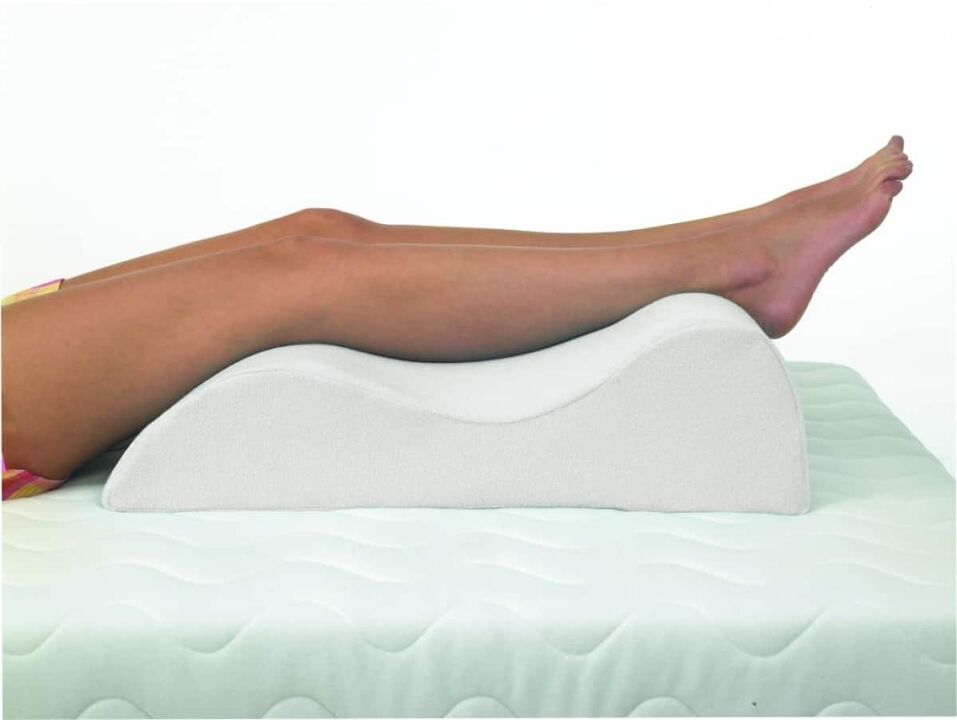
- Women need to give up their high heels;
- Quit bad habits, especially smoking;
- Move around, and if you have to sit or stand for long periods of time, try changing your posture;
- Avoid tight/tight-fitting clothing and shoes;
- Avoid exposure to high temperatures (tanning, hot wax, bathing, sauna);
- Weight control;
- Do not lift heavy objects;
- Take a contrast shower;
- Walk, run, and swim more;
- Keep your legs elevated as much as possible (sleeping, resting).
compression therapy
- It is most convenient to use knitwear; stockings or knee-high socks made of special materials usually do not cause inconvenience. The compression level of medical socks should be recommended by your doctor. The only downside to compression garments is the price.
notes!Medical knitwear manufacturers may have different brands, so you need to choose carefully. Make sure the elastic on your knee socks or stockings isn't too tight. - As an alternative, patients often prefer short, medium or long elastic bandages. The choice of dilation also depends on the stage of the disease and should be recommended by a doctor. It may be a little difficult the first few times you use it, as you need to control the tension level of the bandage yourself.
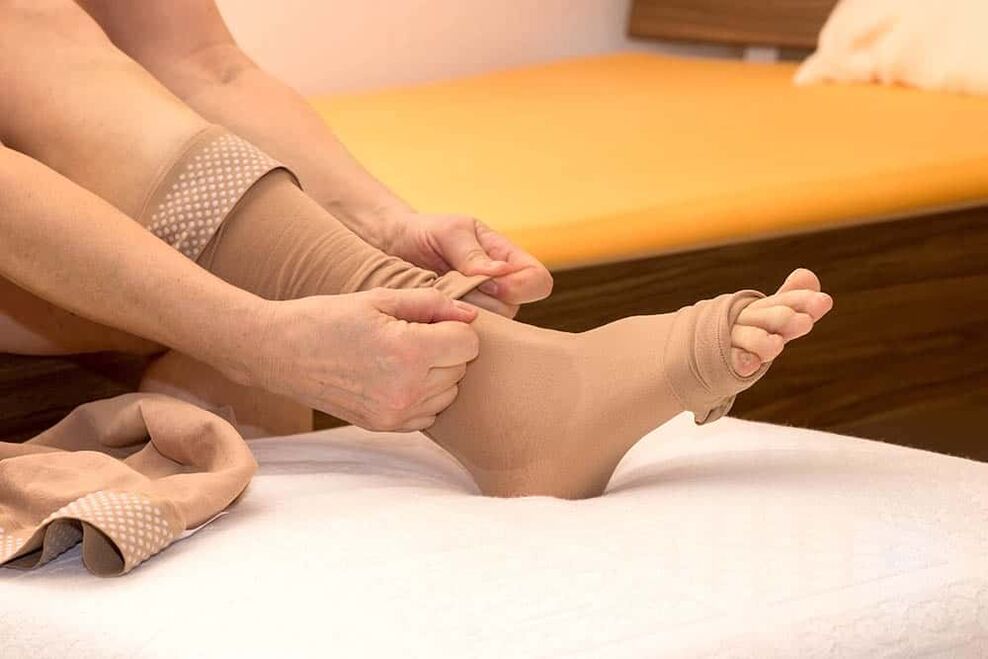
Physical Education and Exercise as Therapy
- Tighten and relax thigh muscles (10 times);
- Inhale, lift the abdominal wall, exhale, contract the abdomen (4 times);
- Bend and straighten legs at ankles (10 reps);
- Inhale, raise your arms upward from both sides, and when exhale, lower them (4 times);
- Bend and straighten toes (15 reps);
- Raise your arms as you inhale and lower your arms as you exhale.
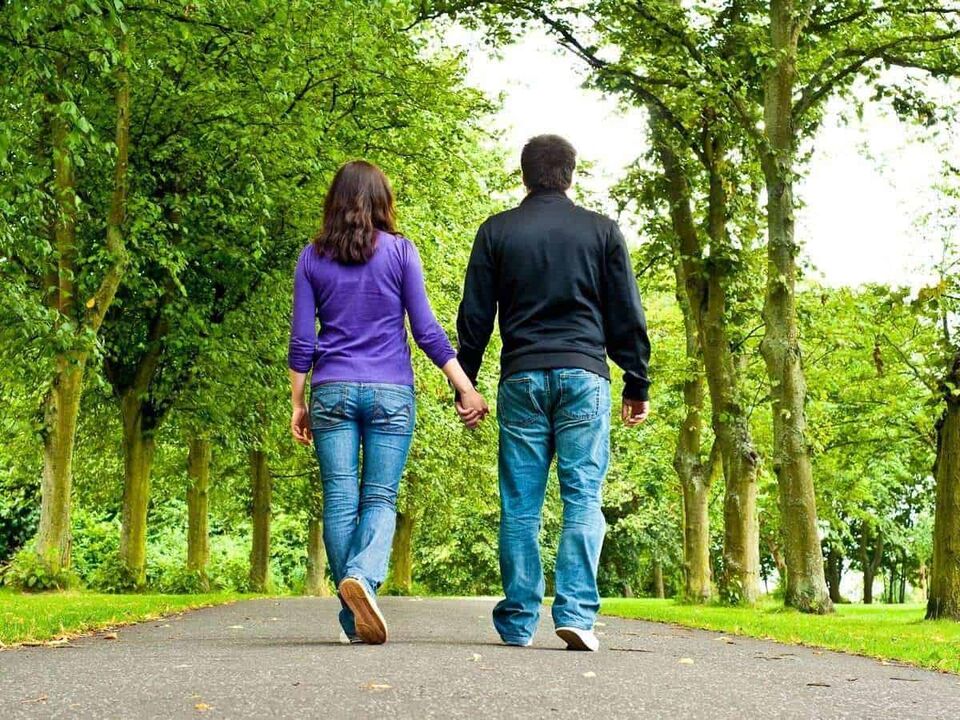
Medications, after being prescribed by a doctor
- Improve venous tone;
- Correct microcirculation;
- Improve lymphatic drainage;
- Prevent thrombotic complications;
- Inhibit the development of complications.
venous sclerotherapy
Physical therapy to treat varicose veins
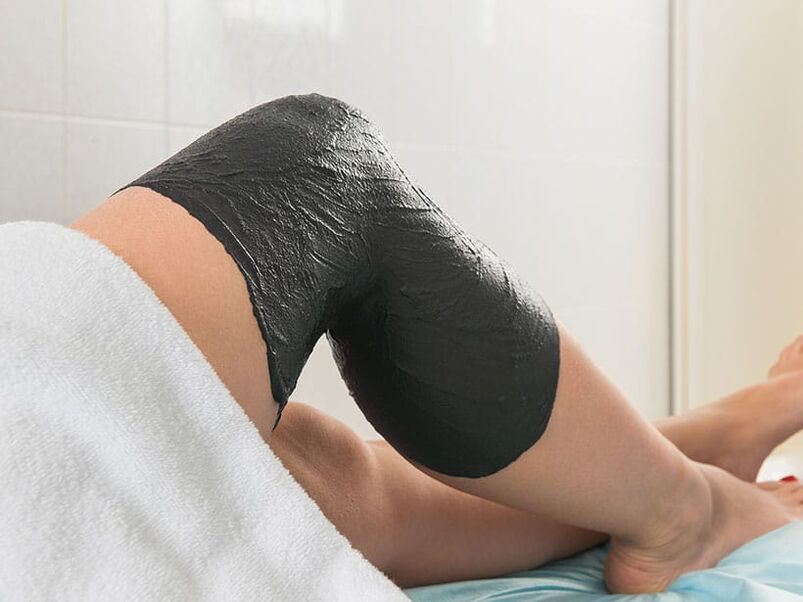
Surgical treatment
medical treatement
important!Only a doctor can prescribe the medication, dosage and course of use.
Sclerotherapy

Surgical treatment methods
Dalson Verification
home remedies
suggestion!Varicose veins can also be effectively treated using home remedies.
white acacia tree
sage
longevity flower
apple cider vinegar
cream
garlic
tomato
prevention
Vitamin E
copper
- It is not recommended to put too much pressure on your legs during the day. People who stand work need to spend several minutes every hour sitting. Ideal: Take a horizontal position, raise your legs above your head and hold for twenty minutes.
- If you work in a seated position, you'll need to stand up once every hour for a few minutes and stand during that time. Therefore, the speed of blood movement through the veins will increase. Turn your feet in different directions regularly.
- Lifting heavy objects is not recommended.
- Massage your feet with cold water every day.
- Don't go overboard with saunas and baths.
How complicated is the condition?
- Trophic ulcers with ascending and descending varicose veins.They are most commonly located on the lower third of the inner leg, however, they can also be observed on the outer side, although this is rare. The deeper the trophic ulcer, the higher the risk of bleeding.
- Thrombophlebitis.This can occur with any type of varicose veins; the occurrence of this complication depends directly on the clotting properties of the blood. This complication can be prevented through laboratory monitoring.
- eczema.Occurs due to violation of tissue trophic properties. Eczema and trophic ulcers can occur together or independently.
- Bleeding from varicose veins in lower limbs.As mentioned above, this type of complication may occur in the context of a deep trophic ulcer; this type of bleeding is external. As varicose veins progress, internal (subcutaneous) bleeding is observed.
What is important to know about varicose veins
























